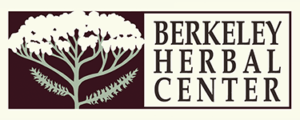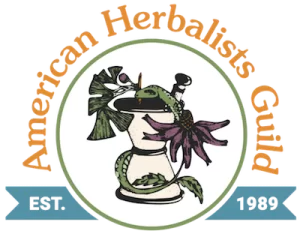
Dandelion! One of herbalism’s most tried-and-true botanicals, and a staple in any herbal materia medica. Dandelion is well-known for its use as both a tonic and bitter herb, and is well-loved due to its abundance in the natural world and resilient nature.
Though some may view dandelion as a weed, this herbal medicine is a valuable herb in any herbalist’s toolkit, and its accessibility makes it even more valuable. The medicine of dandelion teaches us that even our weeds can be food, and that sometimes the most prolific herbs can bring the best medicine.
To learn more about this resilient weed-turned-medicine and the dandelion root benefits, read below to learn our lovingly crafted monograph, all about this special and hearty herb!
Family: Asteraceae
Description: When in full bloom these bright yellow flowers with deeply toothed basal green leaves can be found growing abundantly in lawns and grassy areas all around. Both the roots and leaves are used for medicinal purposes, though both have their own special uses.
Habitat: Common in non-wetland disturbed areas and urban environments such as grass, lawns, meadows, and even abandoned lots!
Actions: Diuretic, Hepatic, Cholagogue, Antirheumatic, Laxative, Tonic, Bitter
Constituents: Sesquiterpene lactones, diterpenes (including taraxacin); triterpenes, sterols, carotenoids (utein and violaxanthin), xanthophylls, flavonoids, polysaccharides (glucans, mannans, inulin), and potassium
Prep/Dosage: Fresh Root Tincture: 1:2 ½-1.5 tsp. up to 4/day
Strong Decoction: 2-6 fl oz. up to 4/day
Dandelion is most commonly used as digestive tonic, diuretic, and hepatic. While dandelion roots and leaves are often used in similar ways, you can break this plant’s medicinal properties down by the different parts of the plants – the roots, leaves, and flowers.
The roots of dandelion are used as a cholagogue, alterative, mild laxative. They are commonly used to help support both the liver and digestive system, and are often used in situations where a liver tonic is indicated.
The roots can be roasted and made into a delightful coffee substitute which is both flavorful and supportive to the digestive system.
The leaves are well known for their nutritive and diuretic properties and are often used to help support the kidneys, and in situations where a gentle diuretic is indicated.
Rich in potassium, dandelion leaves can help to support healthy potassium levels in the body, a vitamin that is commonly depleted with the use of commercial diuretics. The leaf is also quite bitter, and is used as a digestive tonic and stimulant.
The flowers can be picked and eaten as a wild food and can be made into wine, mead, or vinegar for a springy herbal treat.
The flower essence of dandelion is ideal for folks who have a tendency to pack their schedules too tight, leaving little room for rest and recovery.
It can help the body to relax and encourages the expression of emotion in those who have a hard to releasing and opening up, helping to make way for expression and relaxation.
Not advised for use in conjunction with commercial diuretics without the supervision of a qualified health professional.
References
Medical Herbalism by David Hoffman
Medicinal Plants of The Mountain West by Michael Moore
Flower Power by Anne McIntyre
Earthwise Herbal by Matthew Wood
Calflora Website
Want To Learn How To Make Your Own Monographs?
Interested in creating a monograph of your own like the wonderful one above all about Dandelion?
Support Our Work
Berkeley Herbal Center is a 501(c)(3) organization, so all donations are tax deductible. Tax ID #14-1975183
If you would like to donate by check or cash, please send an envelope addressed to:
Berkeley Herbal Center
1250 Addison St., #G
Berkeley, CA 94702

